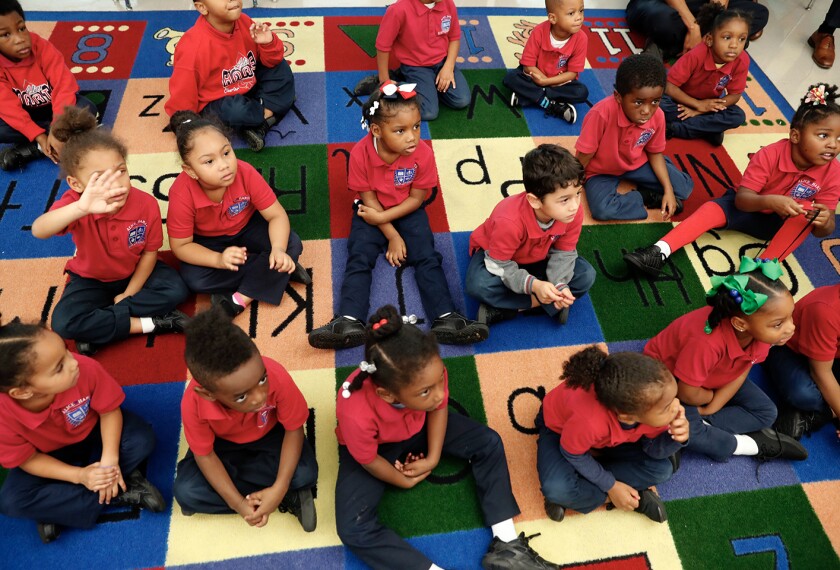In 2012, the President’s Council of Advisors on Science and Technology released a report calling for a national effort to produce 1 million more STEM graduates. Science, technology, engineering, and math educators have responded with a sense of urgency, and STEM programs and schools have been developed throughout the United States to better prepare our youths for careers in those fields. STEM curricula experts have begun to integrate student-driven inquiry and a real-world context that add authenticity to class projects and prepare students for future STEM careers. They also encourage educators to connect learning across disciplines.
So how is STEM education still missing the mark, especially at the elementary level? Project-based learning and other practices that support educators in integrating across content areas have benefits, but those benefits will mean nothing if our young people do not enter in STEM fields or majors. These skills and experiences are rich and useful when done well, but secondary to the real roadblock that many American students face. We must look deeper than any new program or initiative aimed at simply increasing interest in STEM careers. We must look at a known problem that we often avoid talking about: the math problem.
Our students cannot enter into STEM majors if they have a fear of mathematics."
Our students cannot enter into STEM majors if they have a fear of mathematics. Even students with an interest in a STEM major often drop out because of a lack of ability or confidence with mathematics, according to University of Chicago researchers Sian L. Beilock and Erin A. Maloney.
Elementary schools cannot integrate unproductive math practices and hope to turn out STEM graduates. In fact, we don’t need to start with integration at all. The problem lies in an avoidance and anxiety toward mathematics that begins as early as 5 years old.
Educators can successfully integrate math with other core subjects, but I wonder why we are focused almost entirely on integration. Integrating mathematics isn’t an easy thing to do well. Often times it is math that is put in the passenger seat to lightly serve another subject, project, or task.
So what is quality math instruction? Quality math instruction is real-world, collaborative, and involves productive struggle, debate, and conversation. Integrating unproductive math practices into other content areas is counterproductive for any STEM program or school. Instead, healthy math classrooms have time when the math is integrated and also times when it is not. We know that developing deeper mathematical conceptual understanding takes time, perseverance, and a learning community free of anxiety. Research tells us that these are the things that our youngest students need most as they begin to develop their math identities. Integrated content cannot be the sole focus of STEM programs if it comes at the expense of addressing math anxiety.
Students need to learn critical thinking skills. They need time to apply their learning in an integrated and authentic way. They need time to develop their success skills. But those things alone do not make a successful STEM program.
If our programs and schools do not produce more students capable of graduating with a STEM major, then are they successful? My concern isn’t just that many students continue to avoid math—I already know that. My concern comes from the realization that STEM education, the very thing that should be combatting this problem, seems to be focused on everything but the actual barrier.




